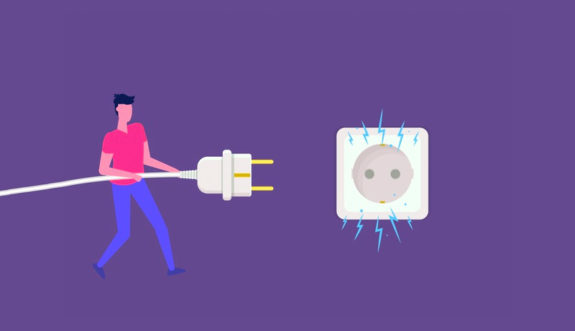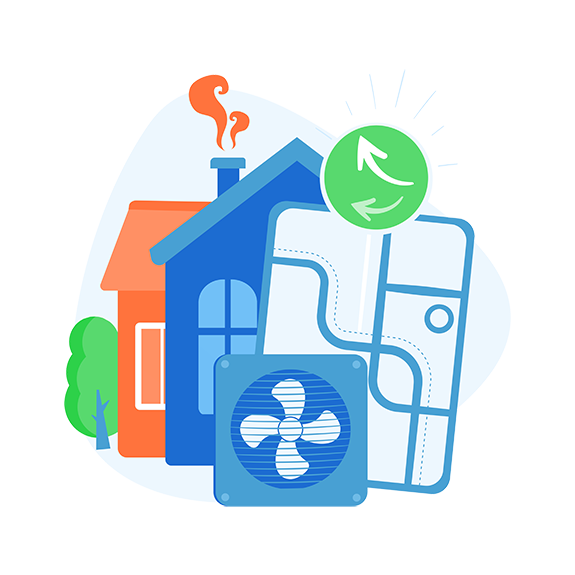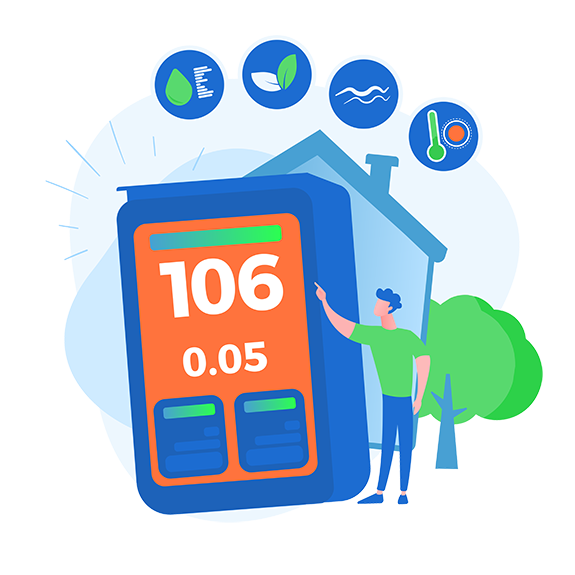
Why is it important to monitor dust and other particulate levels?
What are the regulatory levels for VOCs in an indoor workspace?
LEED sets their limit at 500 ppb (parts per billion), while BOMA sets it higher at 1,000 ppb. Specific types of VOCs have regulatory levels within OSHA and other workplace safety standards.
What contributes to healthy and unhealthy levels of VOC in the air?
Generally, levels below 400 ppb are recommended and can be maintained with adequate ventilation of filtration technologies. New carpets, paint, cabinets and items like this (often printers as well) are sources of VOCs.
What are some common ways that VOC levels increase in an indoor environment?
There is almost always a source of VOCs in the air. Sometimes it’s someone perfumes, new carpet or another source like a printer.
What happens when VOC levels increase and it’s not identified or managed?
Certain types of VOCs like formaldehyde have been proven to lead to adult onset asthma over time, while others can have more immediate effects like xylene that will cause you to tear up (while also having a strong effect on your lungs).
VOC in low and moderate levels can cause headaches and other adverse affects
Moderate to high levels of VOC reduces cognitive function and can affect memory
High levels of CO2 can give nose and throat irritation as well as skin problems
A healthier, safer workplace starts here
Airsset will help you not only monitor important air quality factors like volatile organic compounds (VOCs), but you’ll also better understand the data and get alerts when you need to take action.
It starts with three easy steps
1. Plug-In

Connect to one of our selected air quality devices to a power source.
2. Connect it

Connect the device to your wifi
3. Real-time monitoring

You’re live! Check your real-time air quality dashboard at any time.
Use your data to identify & fix issues
Easier problem solving with real-time reporting
With real-time indoor air quality dashboards, you don’t waste any time or resources running inefficient systems or investigating the problem. More data can identify the root problem of any issues faster and easier.
Take action faster with custom alerts
Know when it’s time to take an action as small as opening a window or when there’s a major health or chemical risk in your space. Alerts can be configured by device or for the entire building.
Save energy and reduce costs with system optimization
Our team of professionals will provide monthly reporting and recommendations that you can use to improve your building control or HVAC systems for energy and cost efficiencies as well as better indoor air.

Where VOCs come from
- New paints, millwork and other building materials
- Printers
- Perfumes
- Cigarettes

Ways to manage VOCs
- Open a window – helps to know when using an Airsset alert
- Demand control ventilation using an Airsset sensor connected to your control system
- Remove any sources of VOC you can (by choosing low VOC products)
- Certain filtration systems can help remove VOCs from the air

Quick facts
- VOC limits are now set for many building products such as adhesives, millwork, carpets and paints
- VOC levels of 250-2000 ppb should have you seeking the source to remove them from the air.
- VOC levels of greater than 500 ppb is associated with a 13% decrease in cognitive scores

Sensor we use that monitor dust and pollution
- Awair Omni (RESET)
- Awair Element
- Uhoo Home
- Uhoo Aura (RESET)
- Tongdy MSD IAQ (RESET)
- Tongdy EM 21
- Dstair Breathforce
- Dstair Nano (RESET)